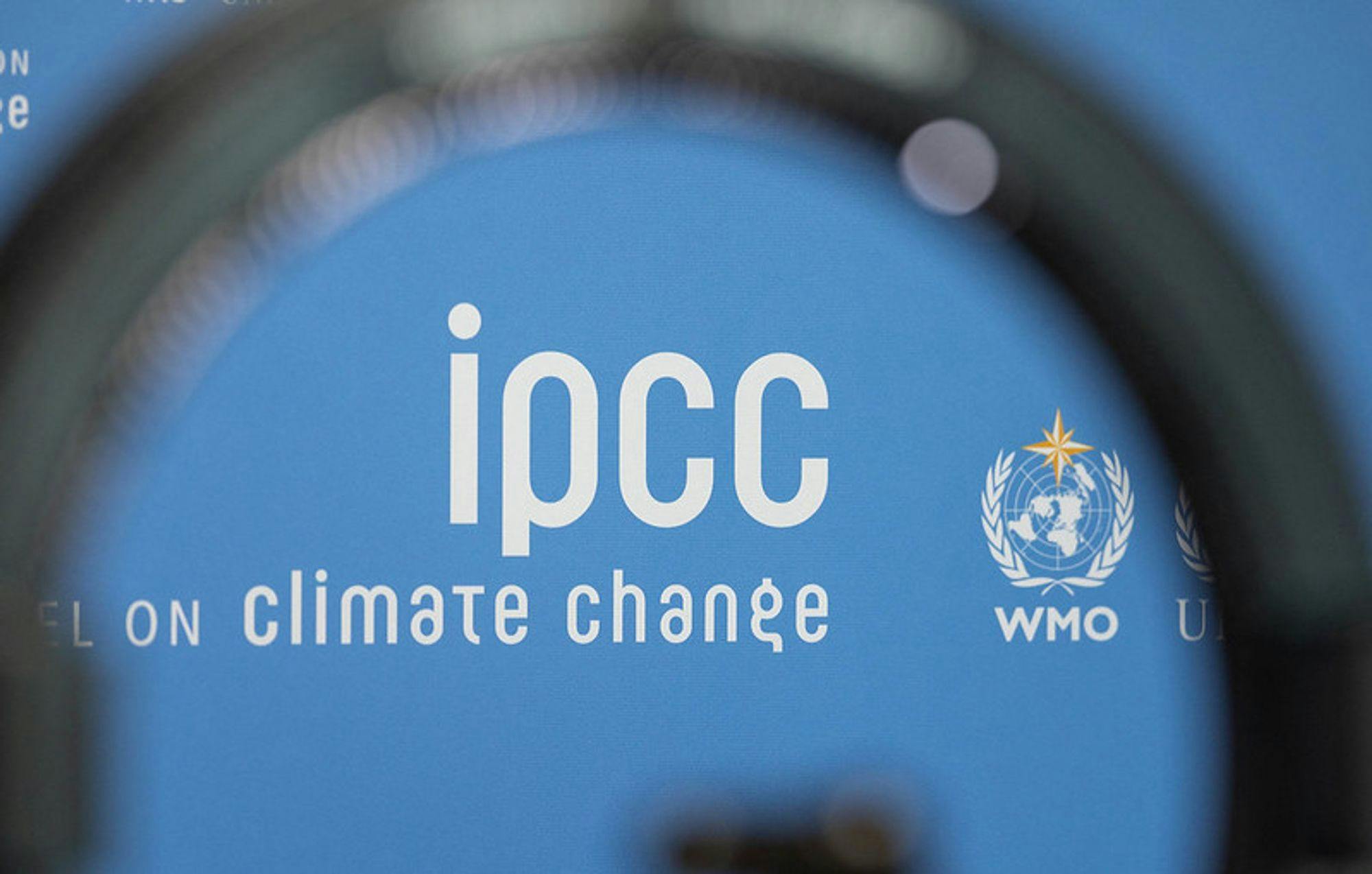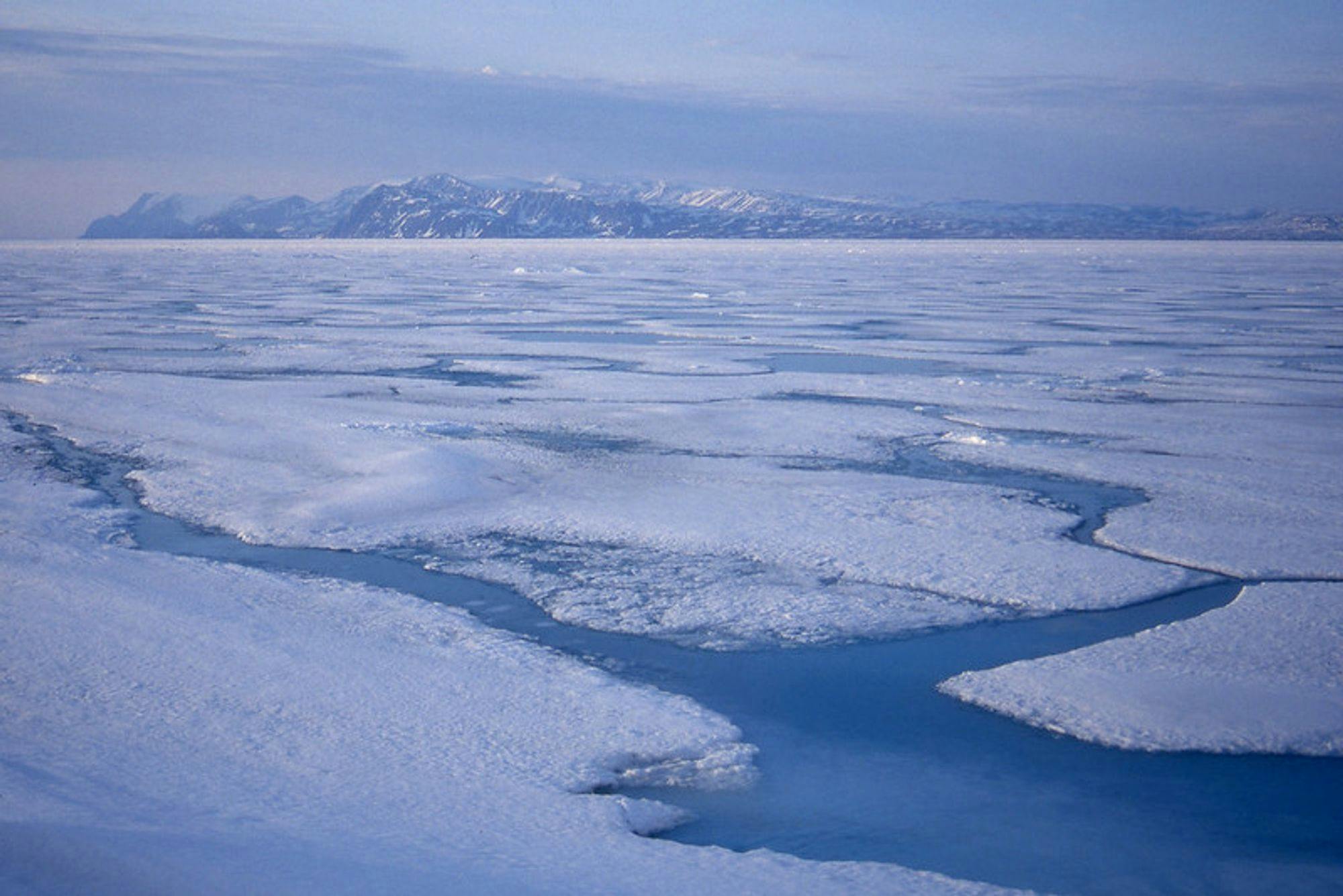What Happened to the Final Part of the UN’s Big Climate Change Report?
Updated November 29, 2023 by Neil Simpson
ⓒ IPCC
One year ago, the Intergovernmental Panel on Climate Change (IPCC) published its Sixth Assessment Report. The report’s findings hit headlines around the world. Called ‘The Physical Science Basis’, this publication was the first of three parts. The final part, ‘Mitigation of Climate Change’, followed on April 4 2022. Unfortunately, Russia had invaded Ukraine five weeks earlier, resulting in fewer headlines, less attention, and less impact. But ‘Mitigation of Climate Change’ contains vital, climate-salvaging wisdom, which is why we’re platforming it here.
The United Nations founded the IPCC in 1988 and charged it with collating the latest climate change science from around the world. That’s a Herculean task, which is why the IPCC has only released six reports – called Assessment Reports – in 33 years. If the world is to fulfill the Paris Climate Agreement and keep the average global temperature rise below 1.5°C, greenhouse gas emissions must peak in the next few years. That’s why the UN dubbed the Sixth Assessment Report a “code red for humanity” – this is the IPCC’s last warning before it’s too late.
What are the three parts of the IPCC’s Sixth Assessment Report?

Pond Inlet, Nunavut, Canada ⓒ www.grida.no
Part I: ‘The Physical Science Basis’
- Published August 9 2021.
- Collates the latest science in an effort to present the world’s current best understanding of the climate system and climate change.
- Read more in our Brief Guide to Part I.
Part II: ‘Impacts, Adaptation and Vulnerability’
- Published February 27 2022.
- Assesses the impacts of climate change on both the natural world and humans, as well as how and if these impacts can be adapted to.
- Download ‘Impacts, Adaptation and Vulnerability: Summary for Policymakers’.
Part III: ‘Mitigation of Climate Change’
- Published April 4 2022.
- Explains in thorough detail what must be done around the world to ensure that the global average temperature rise does not exceed 1.5°C.
What does ‘Mitigation of Climate Change’ tell us?

‘Climate Change 2022: Mitigation of Climate Change: Summary for Policymakers’, p.21 ⓒ IPCC
The number one insight from ‘Mitigation of Climate Change’ is that global carbon dioxide (CO2) emissions must peak within three years if we are to swerve the worst impacts of climate change.
If global greenhouse emissions don’t peak by early 2025, there will be so many heat-trapping greenhouse gases accumulated in the atmosphere that the global average temperature will rise beyond 1.5°C. This figure is important, because the world gathered in 2015 to sign the Paris Climate Agreement. A pillar of this agreement was that every nation would do everything necessary to not blow past 1.5°C. Every 0.1°C temperature rise is extremely damaging – right now we are at 1.1°C – but it was agreed that 1.5°C or beyond was unacceptable.
What does this report have to do with banks?
If the first part of the IPCC’s Sixth Assessment Report is the “why” ’ of climate change, the third part is the “how do we stop it” of climate change. So, how do we stop it? Well, it’s going to take a lot of money. Therefore, ‘Mitigation of Climate Change’ takes aim at the finance world.

‘Climate Change 2022: Mitigation of Climate Change: Summary for Policymakers’, p.17 ⓒ IPCC
The IPCC is clear: not enough money is flowing fast enough into activities that will mitigate climate change. Most worrying of all, the IPCC has “high confidence” that, even now, there is still more money flowing into fossil fuels than industries and initiatives tackling climate change. Anybody who has cast even a casual glance over the annual ‘Banking on Climate Chaos’ report would already be familiar with this stark fact: The world’s biggest banks continue to provide billions of dollars in finance for an industry that is knowingly disrupting Earth’s climate.
Is there ANY good news?

‘Climate Change 2022: Mitigation of Climate Change: Summary for Policymakers’, p.10 ⓒ IPCC
Grim headlines and hard truths are important drivers of change, but ‘Mitigation of Climate Change’ also shows that such change is happening. There are signs of (dangerously slow) progress.
Part III expresses “high confidence” that the rate of growth of greenhouse gas emissions is falling. This isn’t great news, because it indicates that emissions are still growing, but the world’s long-term trend – between 2000 and 2019 – is in decline.
The IPCC also expresses “medium confidence” that the projected economic benefits of transitioning to a world in which global temperature rises don’t break the 2°C barrier are worth more than the cost of doing it. In other words, the cost of transitioning to a world in which human activity no longer dangerously heats up the planet will pay for itself in the long-term. You only have to imagine the costs of ever-growing floods, storms, droughts, famines, and wildfires to appreciate this.
Move the money

‘Climate Change 2022: Mitigation of Climate Change: Summary for Policymakers’, p.51 ⓒ IPCC
The IPCC is very confident that “international financial cooperation” is crucial in unhooking the world from fossil fuels and leading all of us into a low-carbon future. Quite simply, the fossil fuel industry cannot function without huge amounts of investment – and it certainly cannot expand without it.
It is time to invest that money elsewhere, but the world’s largest banks are still not getting the message.
Is your bank one of them? Is your bank moving with the urgency that “emissions must peak within three years” demands? If not, it is time to take action.
Whether you want to talk to your bank about their financing activities, find a job in climate change, raise the alarm among your friends and family, or make sure your money is enabling a sustainable future by moving it, you can Take Action with us.

Bankers in Canary Wharf, London ⓒ Peter Castleton
Read the IPCC’s ‘Mitigation of Climate Change’ Report here.
With thanks to EC-MSP.
Start to Bank Green Today
Banks live and die on their reputations. Mass movements of money to fossil-free competitors puts those reputations at grave risk. By moving your money to a sustainable financial institution, you will:
Send a message to your bank that it must defund fossil fuels
Join a fast-growing movement of consumers standing up for their future
Take a critical climate action with profound effects